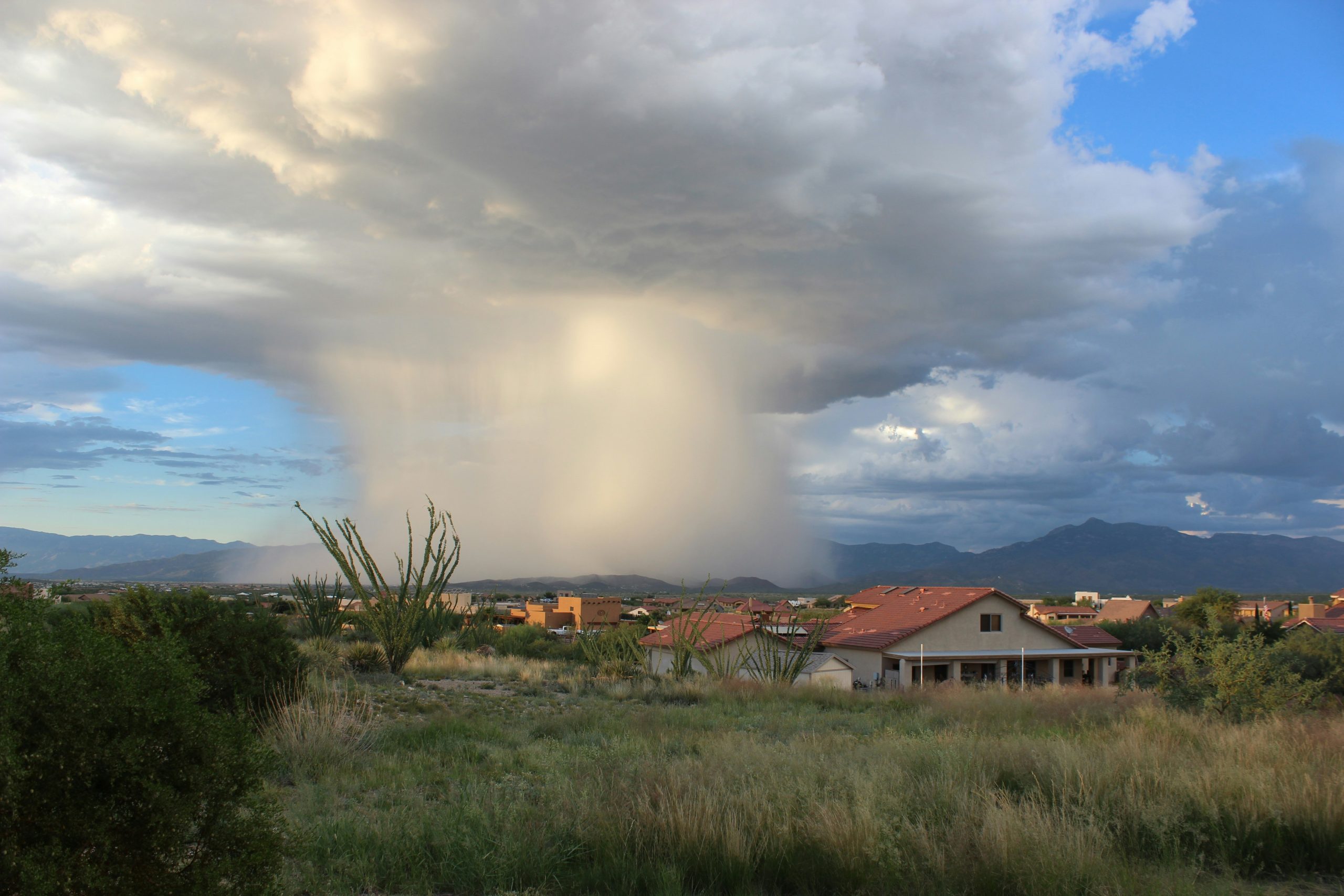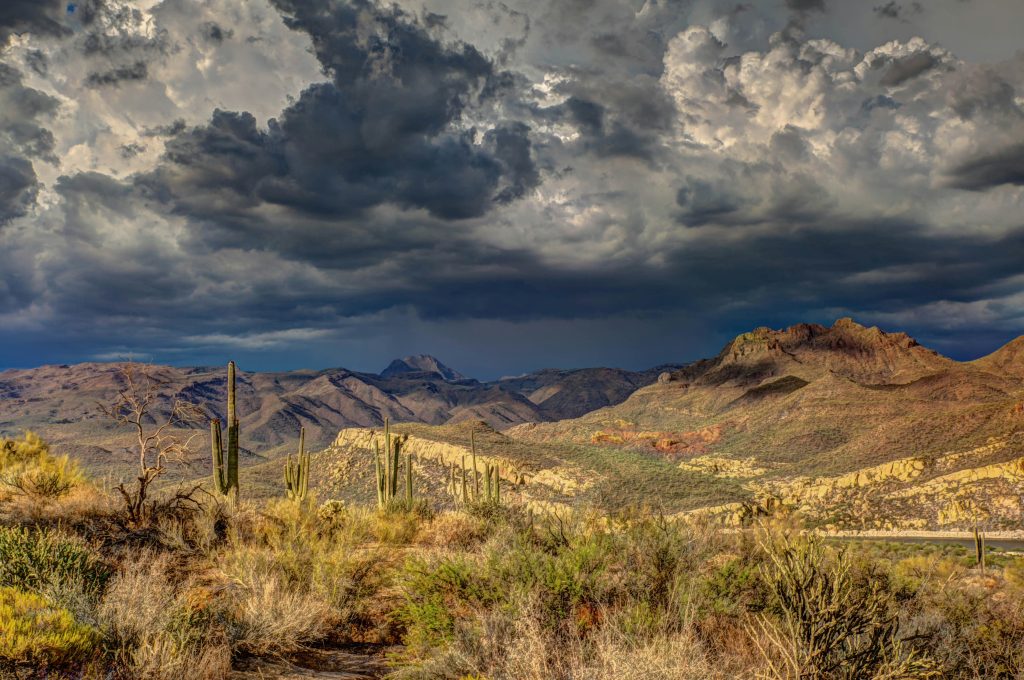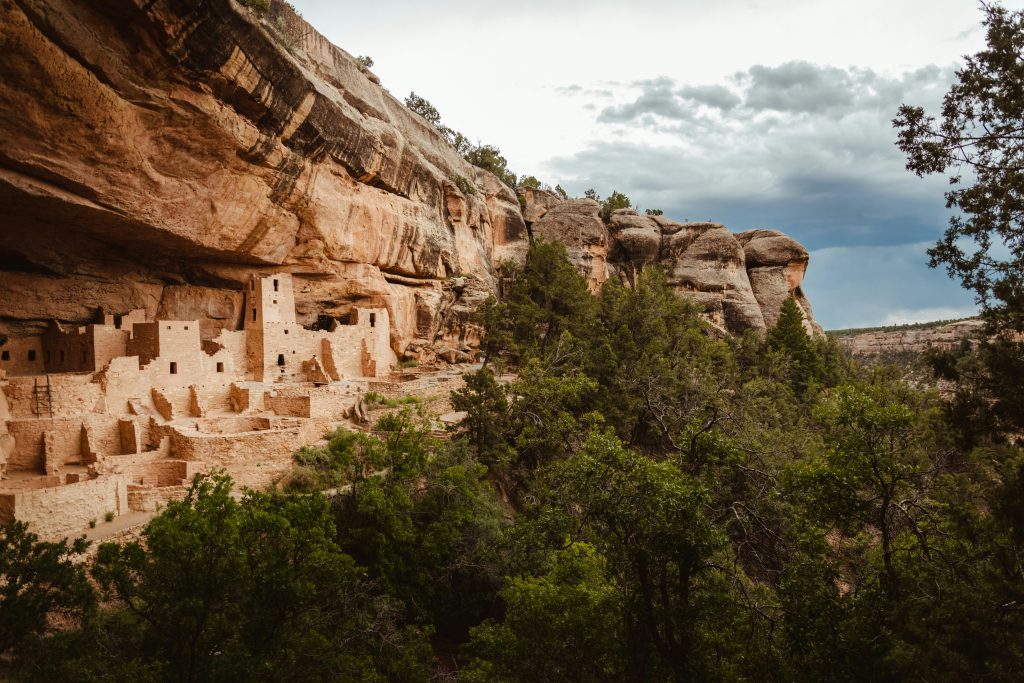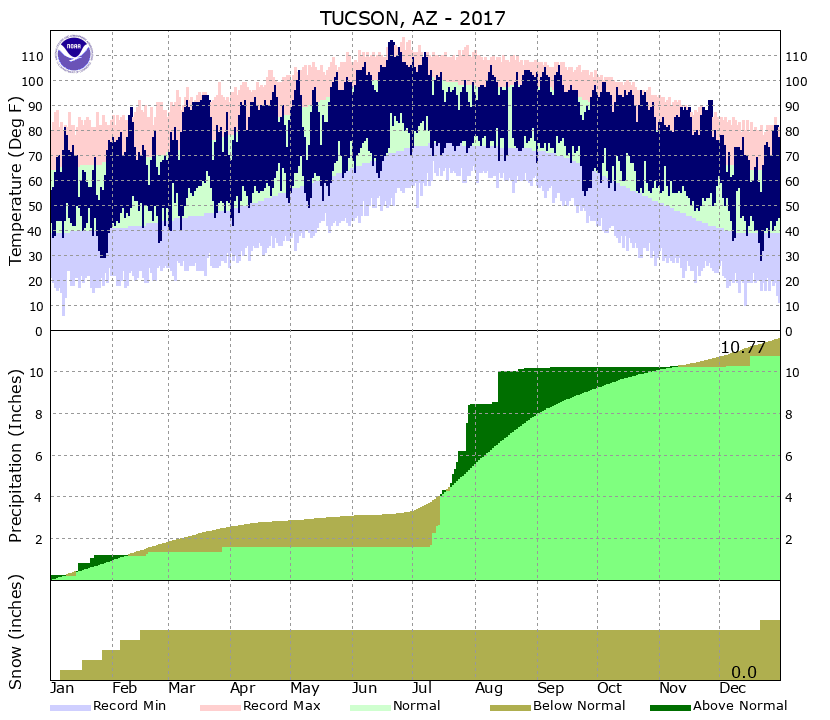
Monsoon Season
North American Monsoon
The North American Monsoon, also known as the Southwest monsoon, the Mexican monsoon, the New Mexican monsoon, or the Arizona monsoon, is a significant climatological event that affects large areas of the southwestern United States and northwestern Mexico. This monsoon is a complex weather process that brings moisture from the Gulf of California, the eastern Pacific, and the Gulf of Mexico over northwestern Mexico and southwestern US, resulting in summer thunderstorms, especially at higher elevations.
Monsoon Season
The North American monsoon season officially begins when the average dew point temperature in Tuscon, AZ, reaches or exceeds 54°F for three consecutive days. This typically occurs after June 15th and ends on September 30th. The onset of the monsoon starts with a shift in wind patterns as Mexico and the southwest U.S. warm under intense solar heating. Upper-level prevailing winds begin flowing into hotter, dry land areas from somewhat cooler moist ocean areas. Precipitation increases in late May to early June in southern Mexico and spreads along the western slopes of the Sierra Madre Occidental, reaching New Mexico and southeast Arizona in early July. As the monsoon matures during mid-July, it gradually expands into Utah and Colorado.

The areas most affected by the monsoon in the U.S. are Arizona and New Mexico, but western Texas, Colorado, Utah, Nevada, and sometimes even southern California also see monsoonal weather. For these parts of the country, 40%–75% of the annual precipitation falls during the monsoon season. Although its effects can be felt as far west as Death Valley, Arizona and New Mexico bear the brunt of the monsoon in the U.S. and receive about 50 percent of their annual rainfall during the season.
Historical Monsoon Seasons
Some past monsoon seasons have been anomalously hot and dry, while others have been very rainy with more seasonal temperatures. Notable monsoon seasons in the past include the 2013-2017 period, which was the 2nd wettest stretch of five consecutive monsoon seasons on record, with the wettest being 1984-1988.
The summer monsoon, or lack thereof, may have played an intriguing role in the sudden disappearance of the Ancestral Puebloans, also known as the Anasazi. These ancient pre-Columbian people were centered in the Four Corners of the United States — the area now bordered by Arizona, New Mexico, Utah, and Colorado. Their culture, which began from the 12th century BC, left behind some of America’s most impressive and well-preserved archaeological sites.

The Ancestral Puebloans were known for their complex multi-story houses made of adobe, stone, mud, or sandstone. They built these houses up to five stories high. Their architectural prowess extended to impressive cliff settlements, which were built into caves. These structures were not just for habitation, but also served as religious centers, observatories, and cultural centers.
Despite their advanced culture and significant architectural advancements, the Ancestral Puebloans suddenly vanished around 1250 AD. A study conducted by the University of Arizona’s Laboratory of Tree-Ring Research revealed a previously unknown multi-decade drought period in the second century A.D., providing evidence that extended periods of aridity have occurred at intervals throughout our past. Historians now hypothesize that several consecutive dry monsoon seasons could have had a significant impact on the Ancestral Puebloans water supply and may ultimately be responsible for the civilizations disappearance.
Monsoon Impact
The climatological significance of the monsoon goes beyond rainfall amounts. There is also an important relationship between rainfall and temperature: typically, more rain encourages cooler conditions, and less rain supports hotter conditions. In addition, monsoon rainfall is very important for drought mitigation, providing a majority of a region’s total annual precipitation. As a result, the variability of the summer monsoon and its onset, duration, and failure have great impacts on regional societies, agriculture, ecosystems, and history.

Monsoon Preparation
Skyview Weather’s advanced meteorological solutions provide accurate, timely, and location-specific predictions for the monsoon season. Whether you’re in Arizona, New Mexico, Colorado, or Utah, our expert forecasts can help you anticipate the onset, duration, and intensity of the monsoon rains. With Skyview Weather, you can plan your summer events, safeguard your property, and make informed decisions that could save you time and money. Don’t let the weather surprise you – stay a step ahead with Skyview Weather.
If you liked this article, check out Skyview Weather’s growing library of educational weather and climate content. Skyview Weather also offers comprehensive in-person and virtual weather education and weather safety training classes to ensure you and your staff are informed and prepared for severe, winter, and fire weather.
